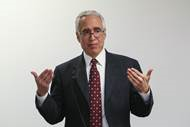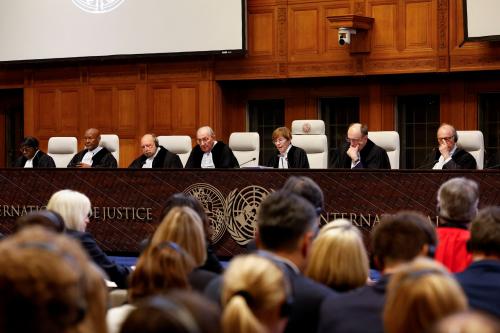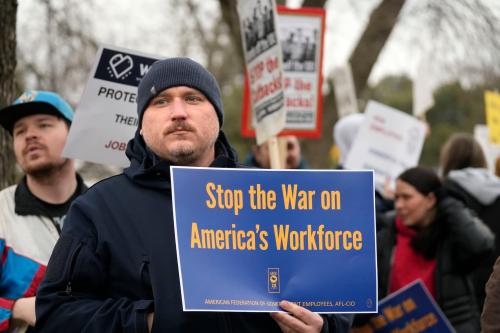Executive Summary
A nation that truly wants no child left behind must make sure that workers who care for children, youth, and families have the motivation, resources, and support to succeed. At a minimum, this workforce numbers 2.5 million, of which two-thirds serve low-income
children, youth, and families. As such, the human services workforce, as low-incomeserving
workers will be called in this report, is almost as large as the federal government’s civilian workforce.
These workers are a linchpin in honoring America’s promise to help its most vulnerable citizens.
They provide childcare for low-income working parents, run the after-school programs
that help build self-esteem, protect children from neglect, provide alternatives for
troubled juveniles, and guide the journey for low-income families from welfare to work.
As such, human services workers are America’s other first responders. They often answer
the first call for help from America’s most vulnerable citizens, and must make some of the
most difficult choices in society. They decide whether preschoolers will spend their days
watching cartoons or learning, whether teenagers will spend their afternoons making trouble
or building self-esteem, and whether parents will be separated from their children or
given the help needed to build healthy families. These workers also determine whether
juveniles will spend their time in detention or be given a second chance in community-based
programs, and whether families make the transition from welfare to gainful employment.
The Brookings Institution is committed to quality, independence, and impact.
We are supported by a diverse array of funders. In line with our values and policies, each Brookings publication represents the sole views of its author(s).



